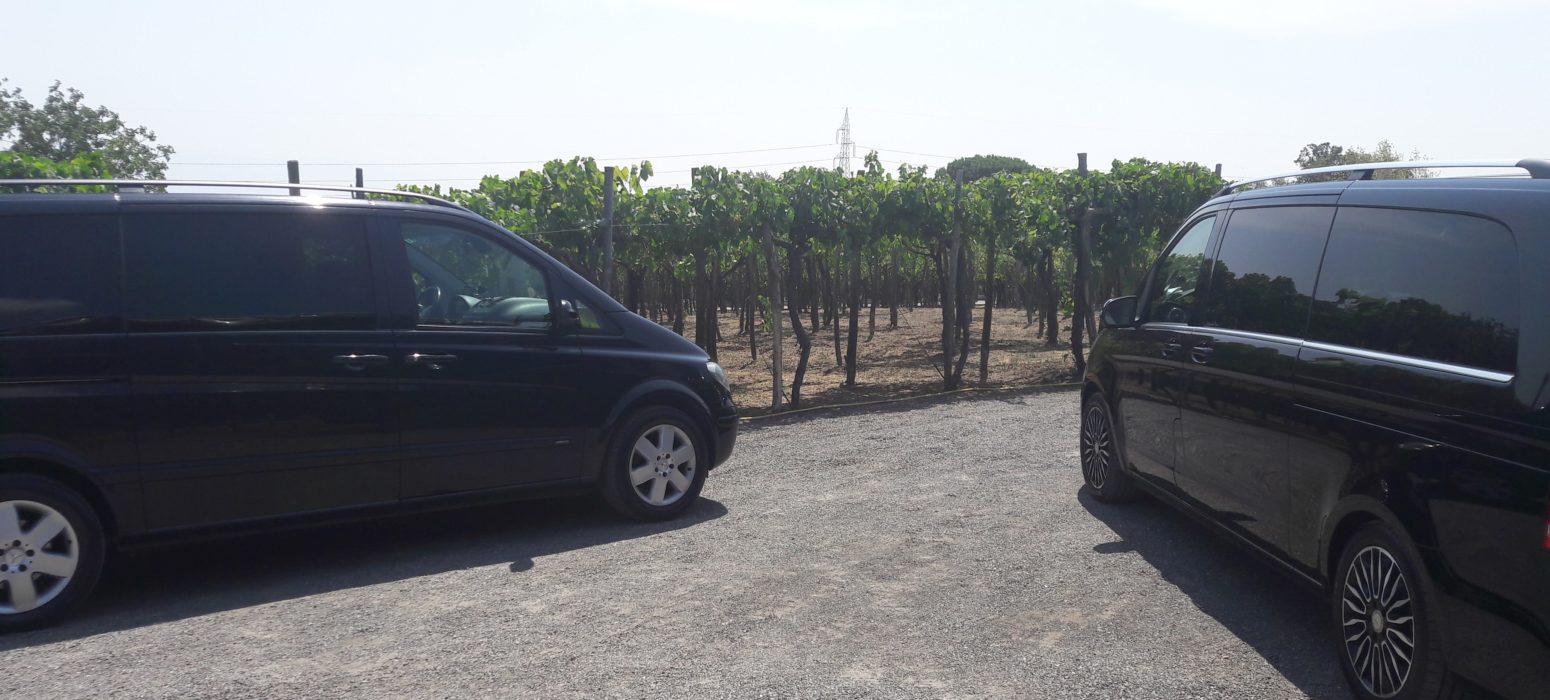
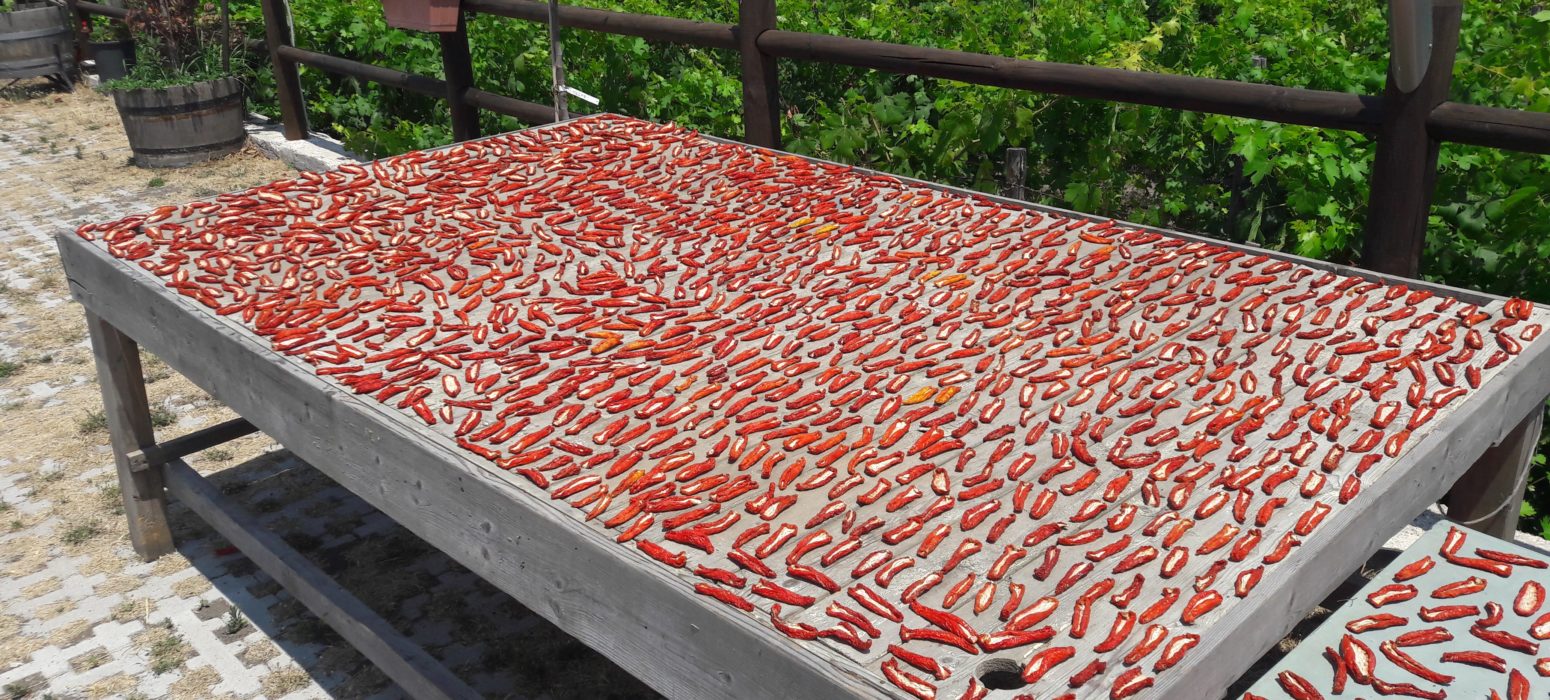
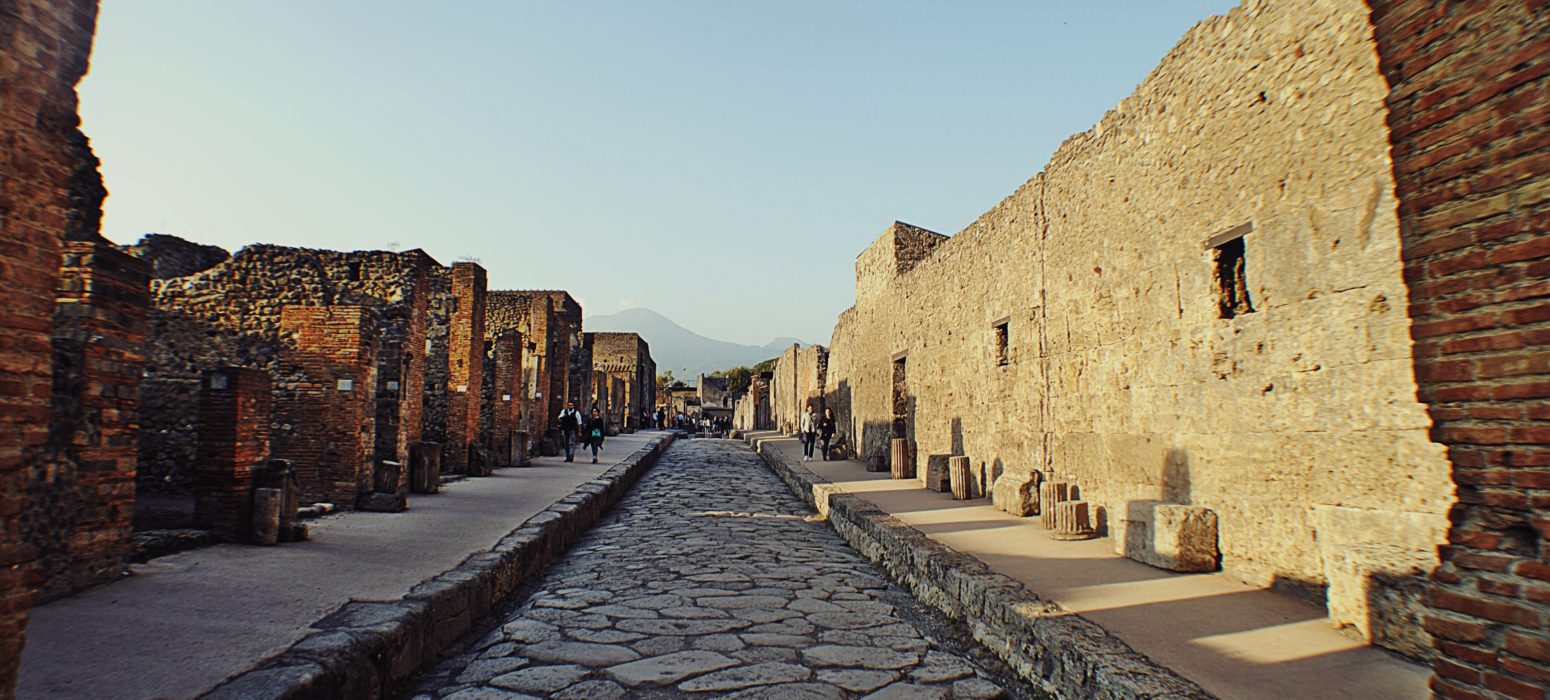
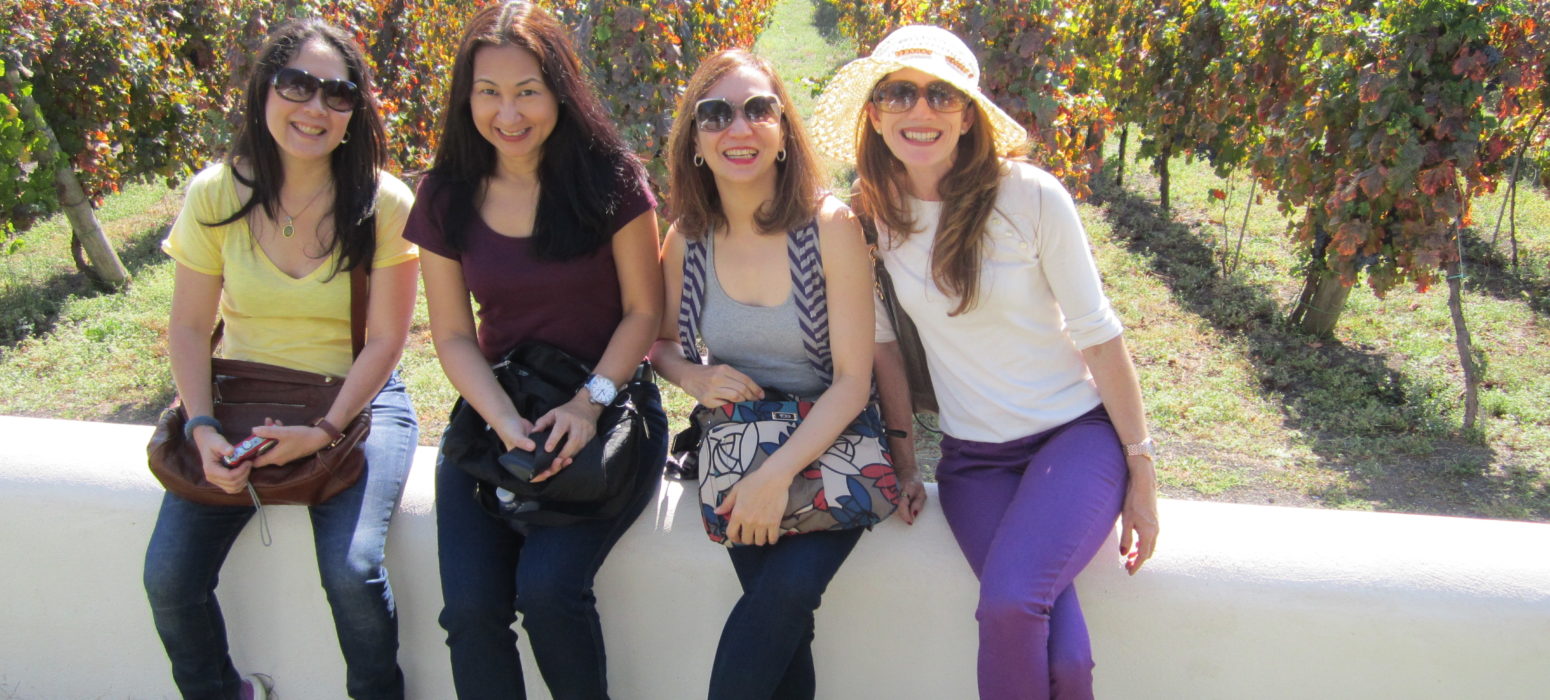
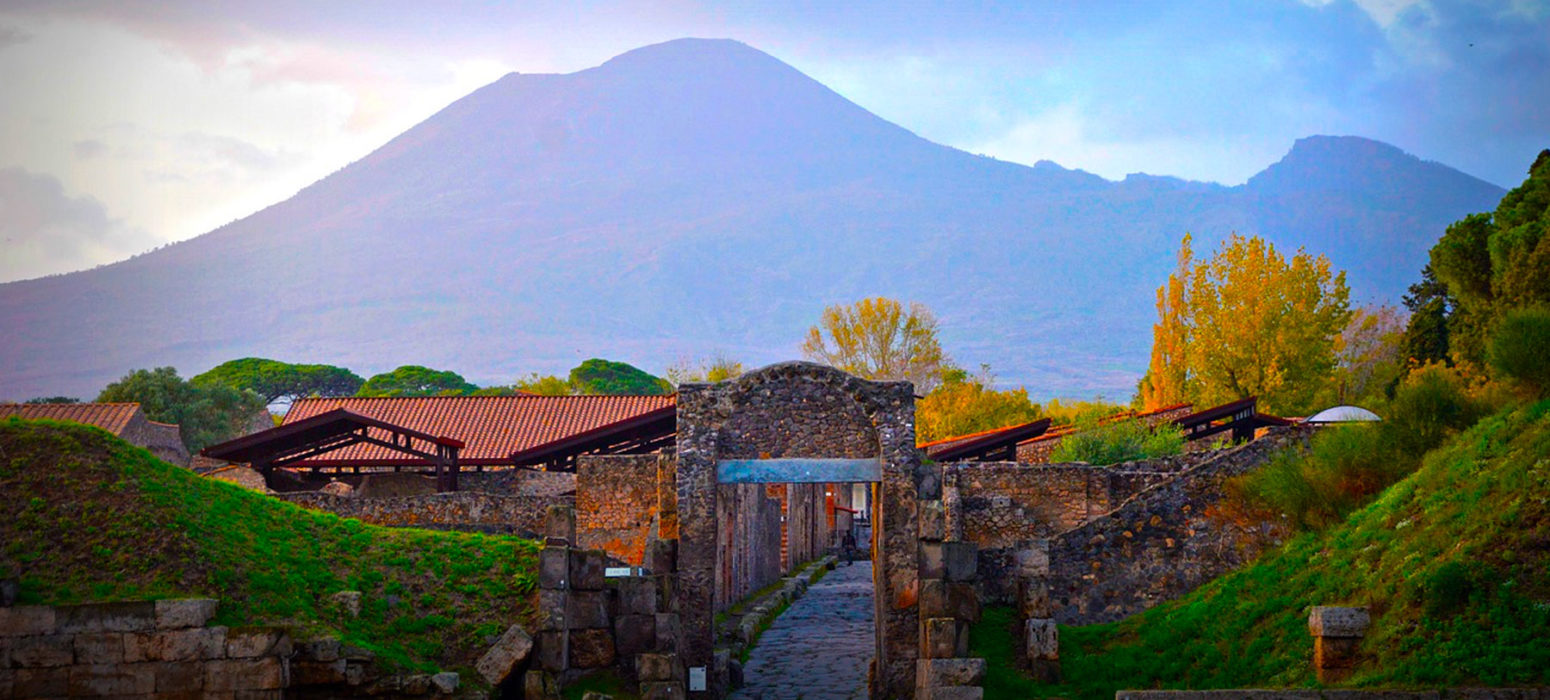
Do not hesitage to give us a call. We are an expert team and we are happy to talk to you.
+39 333 1908044
info@pompeicarservice.com
8:00 – 9:00 am
airports, railway station, ports and hotels all through Italy.
approximately 8 hours
Tip
A day completely immersed in the local history exploring the famous archaeological sites of Pompeii and Herculaneum with this 8-hour shore excursion followed by lunch at winery based on Mt Vesuvius. Travel to each site in a comfortable Mercedes vehicle with a local driver/guide who’ll give you important information about the history and the culture of the places that you will visit. Explore each of the archaeological sites buried by the volcano Vesuvius that erupted in 79 AD.
Pompeii is a fascinating mix of beauty, history and culture. As you explore the uncanny ruins of this ancient micropolis, the nearly 20 centuries that separate its streets, buildings and inhabitants from us seem to fall away like the 20 ft. of hardened ash that were removed to bring its story to light. Nothing could have prepared Pompeii’s residents for the force building below their beloved grass covered mountain (portrayed in many a fresco), so when Mt. Vesuvius blew its top on August 24, 79 AD, virtually everyone and everything remained. As a result, a stop motion photograph of each phase of the eruption and a perfectly rendered portrait of how these ancient people lived has been handed down to us. Today Pompeii represents one of the largest archeological areas in the world, Unesco World Heritage site, it is a very popular tourist destination. Not to visit he so-called “buried town” means missing a unique experience in the world.
In contrast to modern Ercolano, classical Herculaneum was a peaceful fishing and port town of about 4000 inhabitants, and something of a resort for wealthy Romans and Campanians. Herculaneum’s fate paralleled that of nearby Pompeii. Destroyed by an earthquake in AD 63, it was completely submerged in the AD 79 eruption of Mt Vesuvius. However, as it was much closer to the volcano than Pompeii, it drowned in a 16m-thick sea of mud rather than in the lapilli (burning pumice stone) and ash that rained down on Pompeii. This essentially fossilised the town, ensuring that even delicate items, like furniture and clothing, were discovered remarkably well preserved.The town was rediscovered in 1709 and amateur excavations were carried out intermittently until 1874, with many finds being carted off to Naples to decorate the houses of the well-to-do or to end up in museums. Serious archaeological work began again in 1927 and continues to this day.
Enjoy a private tour in the province of Avellino the hinterland of Campania Region and the homeland of Aglianico Greco and Fiano grapes. This tour allows access into the main wine cellars in the entire area and an English speaking guide will take you on the tour of the vineyards and accompany you on the tasting of these wines.
These are the main wines produced:
-The Greco di Tufo: Greco is one of the oldest grapes in Italy. It’s straw-colored, golden yellow, in the mouth, it is balanced and persistent. It goes well with all dishes.
-The Fiano is an antique wine from the Latin vitis apiana (as it attracts bees). It is characterized by lush notes of quince, orange blossom, spice and hazelnuts. Its immense purity of fruit, elegance and refinement distinguishes it among its peers.
-The Taurasi was first gained its DOC status in 1970 and was promoted to DOCG in 1993. It is ruby, burgundy color acquiring orange reflections with aging. Dry and aromatic taste goes well with lasagne, roasts, mushrooms and seasoned cheeses.
Archaeologic Museum- The National Archaeological Museum of Naples is one of the most remarkable collections of ancient exhibits in the world, a cornerstone of Italian cultural history. It is particularly renowned for its collections of Roman antiquities. These include the wealth of gems and sculptures inherited by the Bourbons from the Farnese collections; the treasures from Herculaneum and Pompeii, a unique heritage of frescoes, sculptures, ornaments and everyday objects. A magnificent mosaics collection includes a number of important mosaics recovered from the ruins of Pompeii and the other Vesuvian cities.
| Cookie | Durata | Descrizione |
|---|---|---|
| cookielawinfo-checkbox-analytics | 11 months | Questo cookie è impostato da GDPR Cookie. Il cookie viene utilizzato per memorizzare il consenso dell'utente per i cookie nella categoria "Analisi". |
| cookielawinfo-checkbox-functional | 11 months | Il cookie è impostato dal GDPR cookie consenso per registrare il consenso dell'utente per i cookie nella categoria "Funzionali". |
| cookielawinfo-checkbox-necessary | 11 months | Questo cookie è impostato da GDPR Cookie. I cookie vengono utilizzati per memorizzare il consenso dell'utente per i cookie nella categoria "Necessari". |
| cookielawinfo-checkbox-others | 11 months | Questo cookie è impostato da GDPR Cookie. Il cookie viene utilizzato per memorizzare il consenso dell'utente per i cookie nella categoria "Altro. |
| cookielawinfo-checkbox-performance | 11 months | Questo cookie è impostato da GDPR Cookie. Il cookie viene utilizzato per memorizzare il consenso dell'utente per i cookie nella categoria "Prestazioni". |
| viewed_cookie_policy | 11 months | Il cookie è impostato dal plugin GDPR Cookie Consent e viene utilizzato per memorizzare se l'utente ha acconsentito o meno all'uso dei cookie. Non memorizza alcun dato personale. |